Urban Exploration Photography (urbanex for short) is the art of finding old and abandoned buildings and locations, exploring them, and taking photos as you go.
It’s exciting, potentially dangerous, legally ambiguous, and a lot of fun.
Not only do you get to take photos of a really cool location, that very few people have taken photos of before, but you get to do it with your friends.
You don’t have to be interested in photography to be interested in urban exploration.
When I last went out on an Urban Exploration Photography trip, I took a friend who has no interest in photography. While one of my usual photography trips would typically bore them, they had a great time exploring an old boarding school.
This is some of the most fun I’ve had practicing photography.
Lets get started. This is the school we visited.
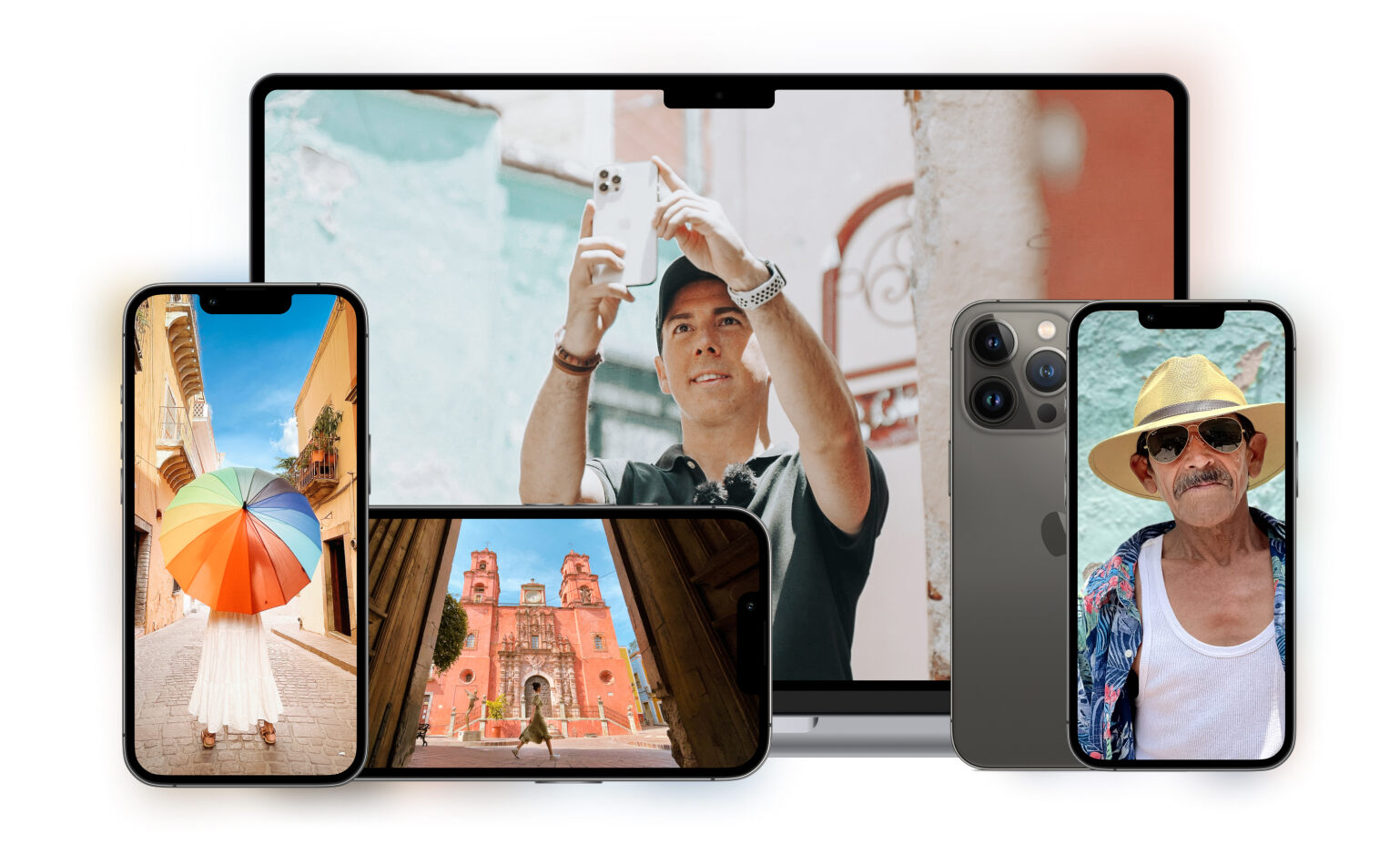
Tips for Urban Exploratioin
Legality
The first thing I’d like to cover is the legality of Urban Exploration Photography. This is because as much fun as it is, it often involves trespassing.
Whether anyone cares that you’re trespassing or not is another matter, but it’s trespassing all the same.
Some people even go so far as to break and enter. For me, this is a line which I’m not willing to cross. I’m not a vandal, I’m a photographer.
The two locations you’re going to see in this post were photographed without breaking anything, and without leaving a mark. We came, we took photos, we left.
There are a lot of vacant buildings around, but some will be guarded by security. This is so that they don’t end up in the same state of the buildings you’ll see in my photos.
Urban Exploration Photography is very common to security. Some will be kind enough to allow you to take photos anyway, provided you stay within a certain area. You don’t get what you don’t ask for.
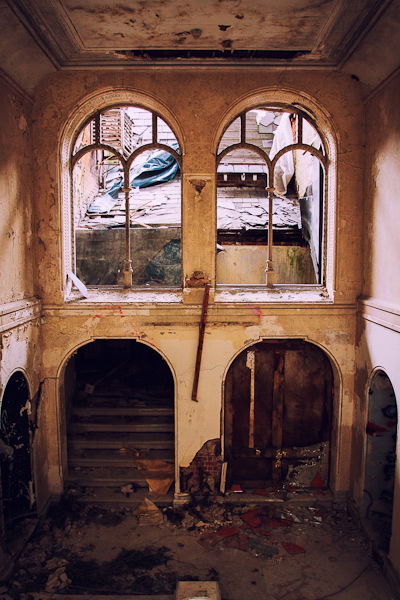
Location Research
Finding a location is actually a lot easier than you may think. It’s getting the address and into the building that’s the tricky part.
The best place to look is in a forum.
A lot of forums will not divulge the location of the places they’ve explored. This is because they don’t want just anyone accessing them, and to prevent attention from the police.
If you’re a forum member and you send them a message, they will usually tell you. Failing that, a Google search often helps.
The photos in this post were taken about an hour’s drive away from where I live. I’m sure you can think of some abandoned building that you pass every day (hello recession) that you can access.
There are also countless forums dedicated to this form of photography. Some popular ones here in the UK are:
A quick Google search for ‘Urban Exploration [your area]’ should produce plenty of results.
The two locations you’ll see captured in this post are an old all-girls boarding school, and a lime works factory in the town of Cocking. Yes, really. Both of these were found by looking on a forum.

Safety
I can not stress how dangerous this can be. People have died in the past. There’s a good reason why these buildings are closed off: they’re not safe.
- Never go alone. Always have at least one other person with you. Trust me, this can be quite a scary hobby, because you never know who or what you may find, so bring a friend. Me and my friends even had a pact not to make each other jump.
- Tell other people where you’re going. That way if you disappear through some floorboards, someone knows where to look for you.
- Bring torches. The electricity is going to be shut off in many locations, and they’re often overgrown which makes them even darker.
- Wear tough boots. The amount of broken glass you’ll find is ridiculous. From people breaking in, or teenagers using it as somewhere to drink.
- Wear layers. It’s better to catch your jacket or jumper on a rusty nail, than your bare skin.
- Depending on the location, a hard hat’s not a bad idea either.
- A face mask or respirator is a good idea if there’s a lot of dust or harmful chemicals.
- A penknife is also really helpful because you may find you need to cut something. This can be anything from your clothing, to some bushes in your way.
If you can’t find any friends who want to come with you, remember to check the forums and see if anyone wants to join you. It’s a good way to meet people with similar interests to you.
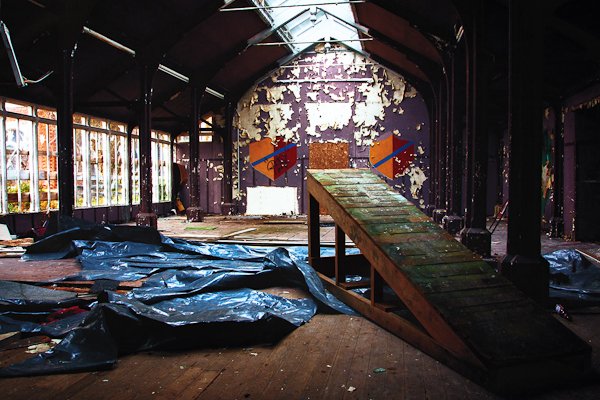
Photography Equipment
I personally can’t pack light. I’m going to San Francisco next week, and I’ll probably bring twice the amount of clothing and camera gear that I’ll actually use.
I brought a big bag of stuff, but I barely even changed my lens. Here are the essentials:
- A wide angle lens. You’re shooting inside a lot of the time, and confined spaces mean you need a wider angle.
- A flash isn’t a bad idea if you have the time to play around with it, and the option to take it off-camera.
- A tripod is a must. These locations are often dark, and it pays to be able to take a long exposure to account for this.
- Lens wipes, as you may come across a lot of dust or moisture.
- Spare batteries, for the camera, flash and torches.
- A backpack. A shoulder bag may be easier, but if you have to climb up or through something, you need a bag that’s not going to swing around.
That’s about it really. You should be able to fit all of this into a small backpack, which makes it much easier to access.
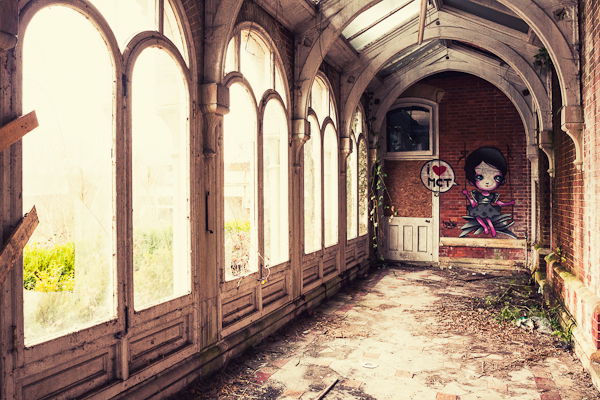
Techniques
Research the buildings fully before you try and access them. Find out what other people have said, and whether there’s security, squatters, etc.
Have a walk around the building first to find the easiest and safest entrance. And ask in the forums how others got in.
Once you’ve accessed the building, you’re likely going to be shooting in low light.
This means either a long shutter speed, a wide aperture, or a high ISO. It depends on the equipment you have with you.
If you’ve got a tripod, then aim for an aperture of around f/11, and ISO about 400, and see how long your camera says you should be setting the shutter for.
And remember where to focus.
If you’re shooting handheld, then that means that you will need a wide aperture and a high ISO. This prevents camera shake from appearing in your photo.
You could also use a flash for this, but I would only recommend it if you have a way to take your flash off-camera.
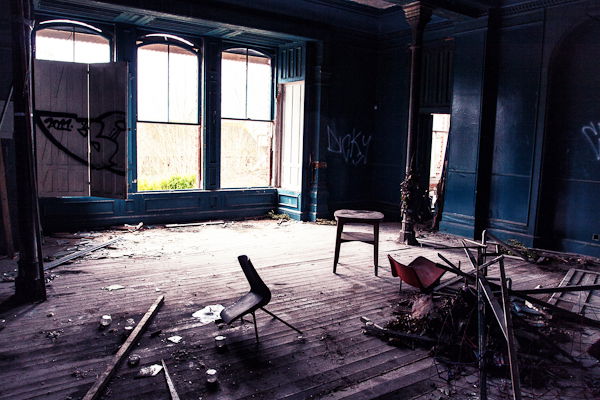
As long as you remain safe and aware of your surroundings, you shouldn’t have a problem getting some great photos. If you run into security, it’s not the end of the world.
Just go out and have fun.
Wanna know more about urban photography? Check out our new post about urban exploration gear next!

